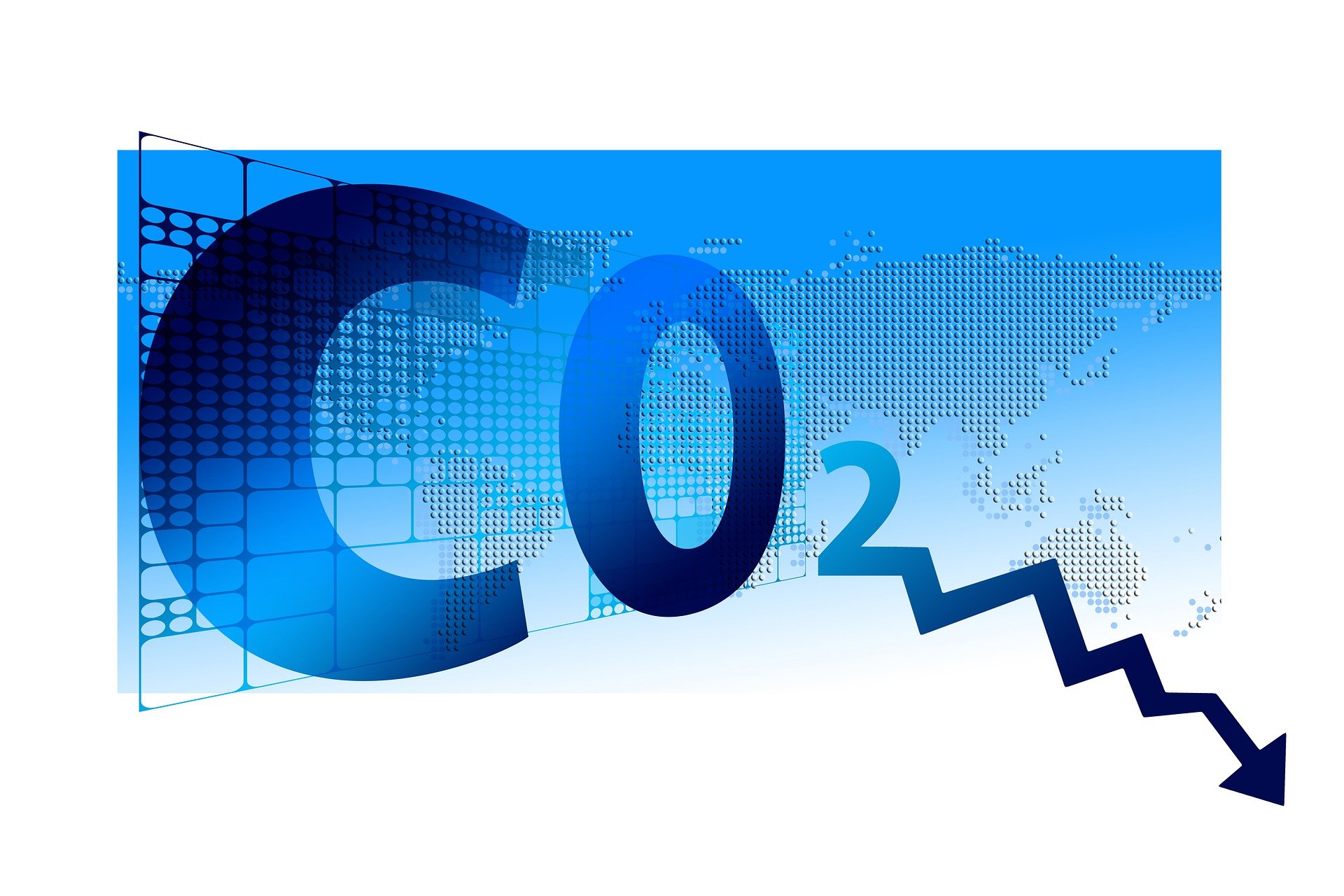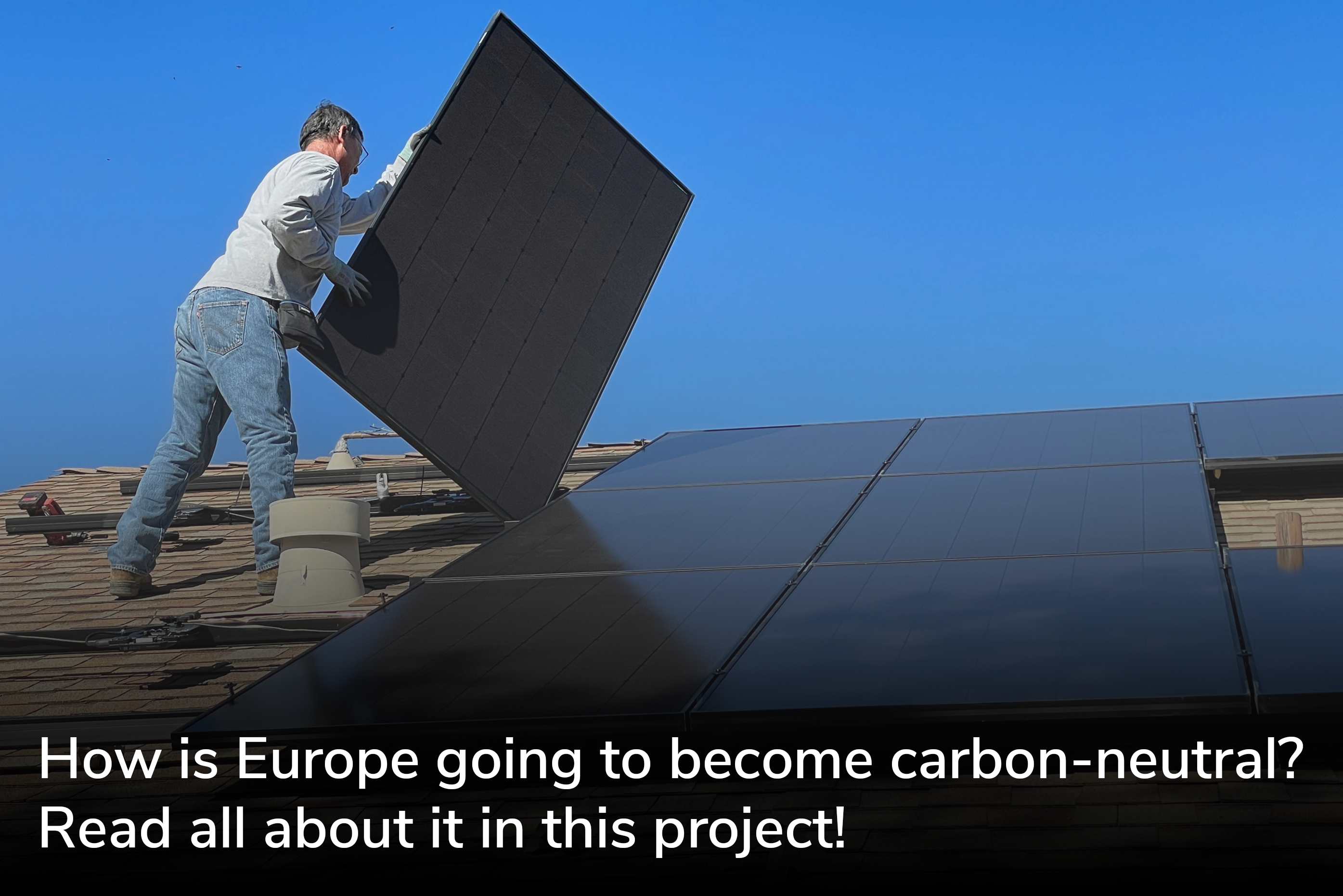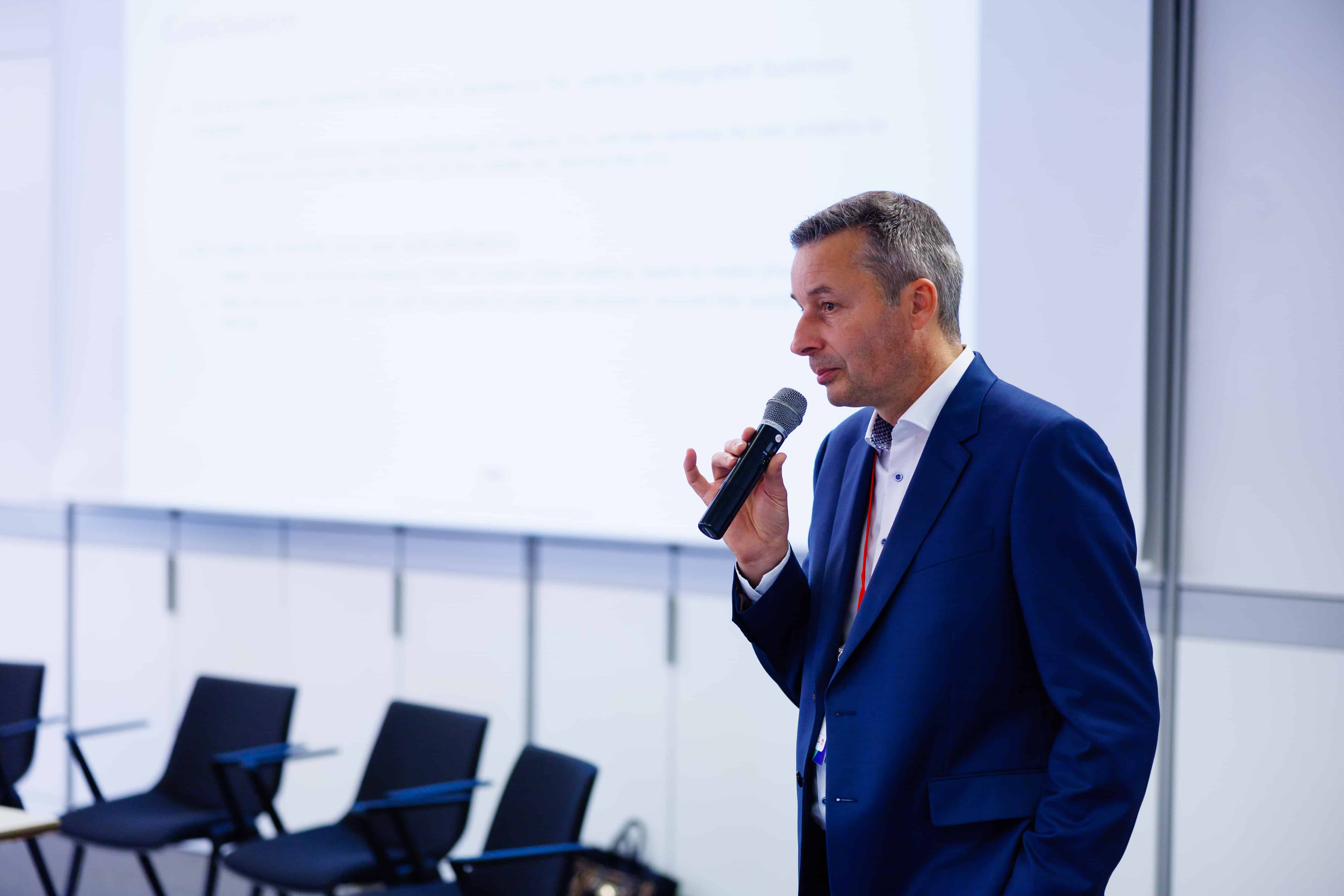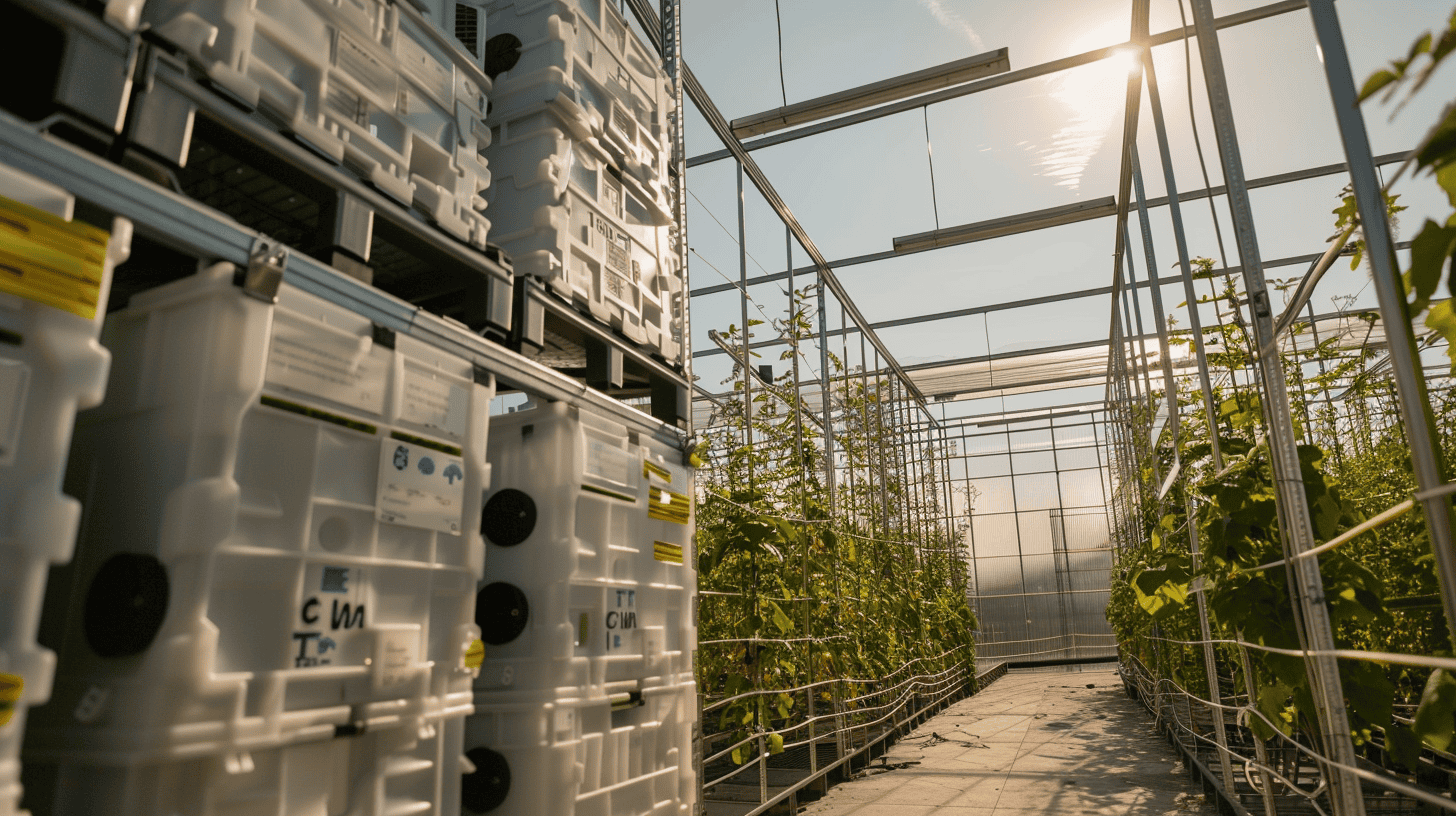
In order to limit CO2 emissions, the EU has introduced what are known as emission rights. A company is only allowed to emit as much carbon dioxide as the certificates it has obtained entitle it to. But not everyone is participating in this scheme yet. They should all be made to, according to Groningen University professor Machiel Mulder. In fact, the domestic consumer ought to start paying as well.
“The emissions trade and cap scheme is crucial to achieving greenhouse gas emission reductions in Europe. The cap even has to come down faster in my opinion. It’s the only thing that works. And more sectors also need to be brought into that emissions cap scheme. For example, gas consumption by households and the use of fuels in traffic. European Commissioner Frans Timmermans has also already proposed in the Green Deal that cars be brought into this scheme. That’s a good idea. Taxes on cars and gasoline already exist now, but they are not linked to the amount of emission rights that are available.”
Understand first, then act
Mulder unveils his ideas in his latest book ‘Energietransitie – Eerst snappen, dan doen‘ (Energy Transition – Understand first, then act). A title that speaks volumes. After all, certain well-intentioned measures to curb CO2 emissions actually tend to have the opposite effect.
“More and more people are convinced of the absolute necessity of the energy transition. Most people want to do their bit for it. People then go and do things that are sustainable. That makes them feel as though they are doing the right thing. Often, however, their efforts hardly make any difference to the CO2 emissions themselves.”
For example, you are helping the environment when you buy an electric car. But other sustainability measures within the emissions trading system can actually create a so-called waterbed effect. “Putting solar panels on the roof of your company ensures that gas power plants don’t have to buy so many CO2 rights,” Mulder explains. “The price then drops. That opens up space for other companies,” Mulder notes, “they can buy more certificates, so they don’t have to take measures to cut down on their own CO2 emissions.”
There are other issues inherent to the current system. For one thing, not all sectors are taking part. The transport sector in particular, which is responsible for a major share of greenhouse gas emissions. “It is very important that this sector also gets on board. This will in turn also give the transport sector a greater incentive to boost innovation and as such, the climate,” says Mulder.
Climate change and environmental degradation are putting the future of Europe and the world at stake. Our answer to that is the European Green Deal, which is transforming the EU into a modern, resource-efficient and competitive economy: net greenhouse gas emissions of zero by 2050, economic growth without depleting resources and no region or person is left to fend for themselves.
Frans Timmermans.
But tinclude households in Europe as well, Mulder cgoes on to say. “You obviously can’t add every household on an individual basis to a system where they have to buy rights for their gas stove,” Mulder points out. “So you will have to start looking at energy suppliers. The problem is that there are a very large number of energy suppliers, so including them in the system is a complicated matter. “But there are certainly steps that can be taken over the next few years that will make it easier to join,” Mulder believes.

Freedom to trade
The beauty of this system, according to the professor, is that a company has plenty of freedom to pursue emission reductions in its own way and at its own pace. After all, sectors that can become more sustainable faster sell their emission rights to sectors where it is more difficult to achieve that.
“In this kind of system, you give companies a great deal of freedom, but you are all bound by the same remit. This is why we can expect a lot of innovation from the business world in the future,” Mulder states.
Through the European Union Emissions Trading System (EU ETS, the number of available rights is set to drop each year. Therefore, for the same emissions, the price for emitting CO2 will then go up acoordingly. This is because demand remains the same while supply decreases. In this way, companies have a financial incentive to come up with innovative solutions to reduce their CO2 emissions. But the arrival of new parties in the system -e.g., energy companies- will make CO2 emissions temporarily cheaper.
Valid company strategy
In fact, as new sectors are added to the system, this leads to the cap being raised in proportion to the current emissions of that particular sector. Although in Mulder’s estimation, a lower price like this is not necessarily bad for the climate.
“This system works very well, precisely because it is paying for the damage done to the environment. After all, the annual reduction of the cap requires companies to make investments and implement innovations to emit less CO2 regardless. This means that investing heavily in innovation becomes a valid business strategy.”

Improving climate policy beyond Europe
However, pollution from outside the system can still cause problems. While the EU is strongly committed to a climate-neutral world, it seems that the urgency of this, particularly in China and India, has not sunk in yet. According to Mulder, however, such a system could serve as an example for countries that are not as yet taking that many measures themselves.
Furthermore, in December 2022, the EU reached a tentative agreement to introduce a Carbon Border Adjustment Mechanism (CBAM). This is a mechanism that, in full accordance with international trade agreements, is intended to ensure that the EU’s efforts to reduce its greenhouse gas emissions are not negated by production being relocated to non-EU countries.
This potentially could happen if these countries adopt less ambitious climate policies. CBAM will also prevent from being imported into the EU more carbon-intensive products that would increase greenhouse gas emissions outside of the EU. “Precisely because Europe is still an important retail market, this form of import tax could pave the way for improved climate policies beyond its borders,” Mulder notes.
© Pixabay








